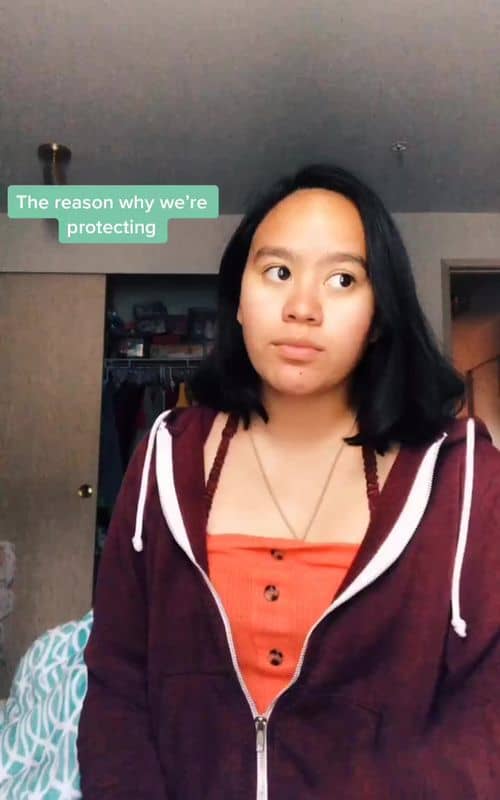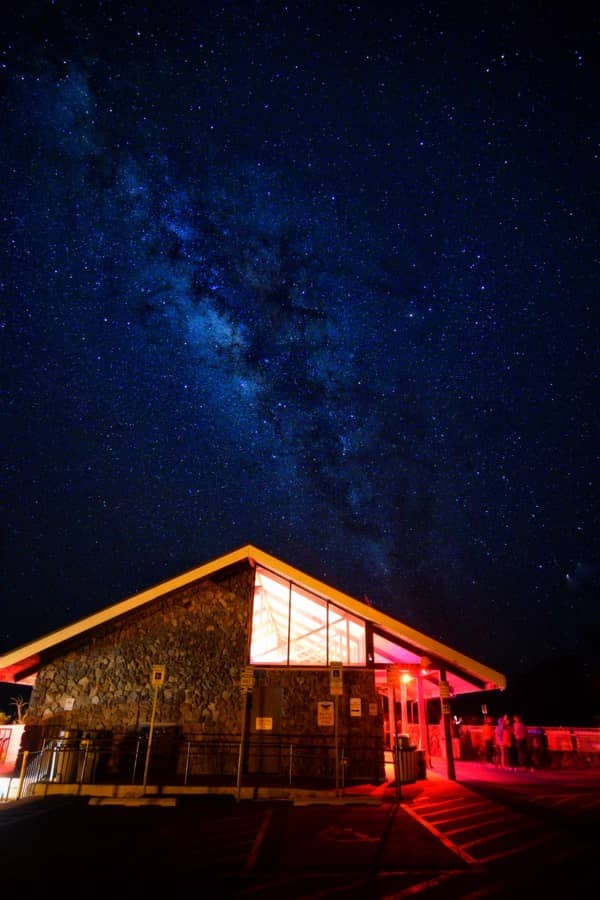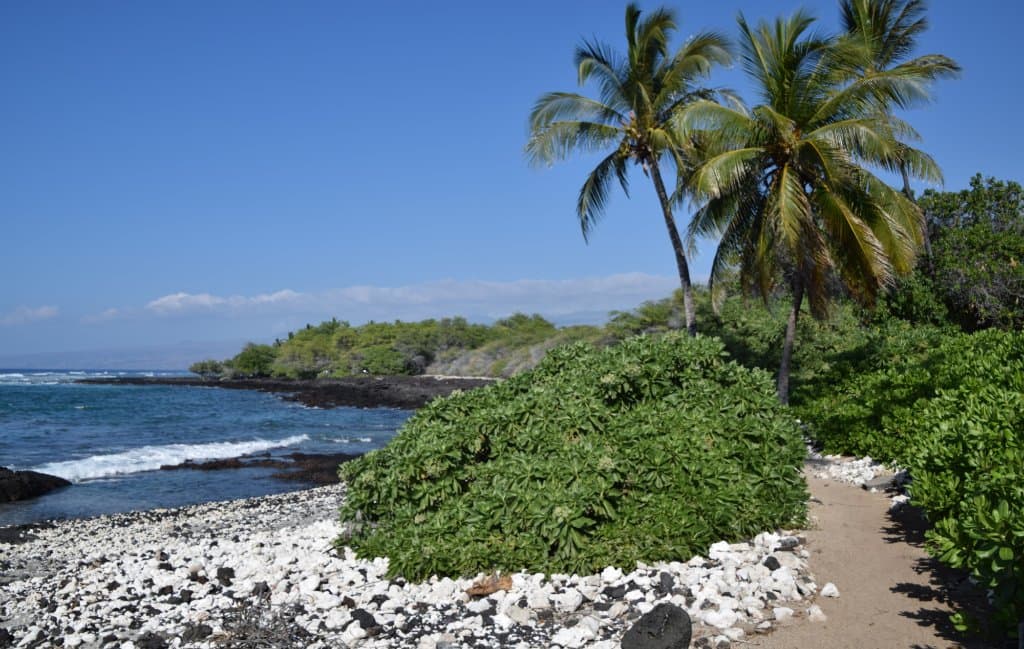Onizuka Center for International Astronomy Visitor Information Station Mauna Kea
Experience unparalleled stargazing and breathtaking island views from Mauna Kea's Visitor Information Station, a gateway to the cosmos.

Highlights
Must-see attractions

Social
From TikTok & Reddit
Best Time
Spectacular colors paint the sky.
Onizuka Center for International Astronomy Visitor Information Station Mauna Kea
Best Time
Spectacular colors paint the sky.

Highlights
Must-see attractions
Experience unparalleled stargazing and breathtaking island views from Mauna Kea's Visitor Information Station, a gateway to the cosmos.
"This is one of those moments in life that EVERYONE MUST DO."
🧥 Pack Warm Layers
Temperatures drop significantly with elevation. Bring jackets, hats, and gloves, even in summer!
💧 Stay Hydrated
Altitude can dehydrate you quickly. Drink plenty of water before and during your visit.
Highlights
Discover the most iconic attractions and experiences
Stargazing Paradise
Visitor Information Station (VIS)
Witness the Milky Way and countless stars in unparalleled clarity. A truly magical experience for all ages.

Panoramic Island Views
Visitor Information Station (VIS)
Breathtaking vistas of the Hawaiian central region unfold below. Perfect for sunset photography.

Astronomy Exhibition
Visitor Information Station (VIS)
Learn about the cutting-edge telescopes and the science happening on Mauna Kea.
Plans like a pro.
Thinks like you
Planning Your Visit
Altitude Awareness is Key
Summit Access Requires 4WD
Best Times
Insider Tips
from TikTok, Instagram & Reddit
🧥 Pack Warm Layers
Temperatures drop significantly with elevation. Bring jackets, hats, and gloves, even in summer!
💧 Stay Hydrated
Altitude can dehydrate you quickly. Drink plenty of water before and during your visit.
🚗 4WD for Summit
A 4WD vehicle is essential for the unpaved road to the summit. Otherwise, enjoy the VIS.
🔭 Ask About Telescopes
If you're lucky, visitors might share their telescopes for an amazing view.
Tips
from all over the internet
🧥 Pack Warm Layers
Temperatures drop significantly with elevation. Bring jackets, hats, and gloves, even in summer!
💧 Stay Hydrated
Altitude can dehydrate you quickly. Drink plenty of water before and during your visit.
🚗 4WD for Summit
A 4WD vehicle is essential for the unpaved road to the summit. Otherwise, enjoy the VIS.
🔭 Ask About Telescopes
If you're lucky, visitors might share their telescopes for an amazing view.
📸 Cliffside Photo Ops
Across from the VIS, climb a small cliff for stunning photos (no guardrails, be cautious!).
What Travellers Say
Reviews Summary
Visitors consistently praise Mauna Kea's Visitor Information Station for its breathtaking stargazing and panoramic island views, calling it a must-do experience. The educational exhibits and the sheer beauty of the night sky are highlights. However, some note the challenging drive and the need for warm clothing due to the high altitude.
"The view at this elevation was good. Got lots of pics before and around sunset. However it was atypically overcast and cloudy. Be sure to bring warm clothes as it gets very cool at this elevation."
Jesse R. Brown ND
"The drive to this visitor center was pretty steep, windy and cold due to elevation change. Beautiful scenery from high level of the mountains. There’s a small gift shop and astronomy exhibition."
Susan Ding
"Lets be clear: This exact spot you just clicked on is NOT the observatory. This is the visitor center that is 4k feet below the actual observatory and the mark where most people stop ascending at. The reasons being are: 1) children under 13 are highly discouraged to go up any further, because 13k feet (4k meters) has really thin air and is hard to breathe in. 2) You MUST have a 4x4 car capable of riding up gravel road, as the road after this mark turns from paved to unpaved.
With that said, there is no shortage of observation spots to have a breathtaking view from. Just across the visitor center, there is a fairly high cliff you can climb to take beautiful pictures from. The climb at that elevation can be difficult, so keep that in mind and pace yourself when going up. If you are the type to get dizzy easy or pass out from loss of breath, don't go up the hill. There are no guard rails or safety nets or anything to stop you from falling off the cliff. There are plenty of people up there too, though, so don't worry about being all alone.
The visitor center parking lot has quite a good number of visitors there. Lots of star gazers want to take pictures or just come up to watch the bright stars and the milky way. This is one of those moment in life that EVERYONE MUST DO. People are fairly courteous and aside from a car leaving/coming here and there, there is absolute silence. The silence itself is a wonder to experience.
If you're lucky, you might run into someone who brought a small telescope with them. Sometimes they'd let you look through it if you ask nicely enough.
One thing's for sure: while adults can appreciate the Majesty of the stars and the milky way, the kids are just absolutely LOVE IT. I saw kids left and right express wonder, awe and excitement to see so many pretty lights in the sky where they never seen them before, and that's an experience all in and of itself."
Mahmoud Elgassier
What People Like
What People Dislike
Frequently Asked Questions
🚇 🗺️ Getting There
The Visitor Information Station (VIS) is accessible via the Daniel K. Inouye Highway (Saddle Road). From Hilo, take Highway 11 South to Highway 200 West. From Kona, take Highway 190 North to Highway 200 East. The turnoff for the VIS is well-marked. The drive is steep and windy, so take your time.
To reach the summit (13,800 ft), you absolutely need a 4WD vehicle capable of handling unpaved gravel roads. The road past the VIS is unpaved and steep. If you don't have a 4WD, you can still enjoy the incredible views and stargazing at the VIS.
The drive to the VIS is paved but steep and winding. Drive cautiously and be aware of other vehicles. The road to the summit is unpaved and requires a 4WD, making it more challenging.
The road to the Visitor Information Station is paved and generally well-maintained. However, the road beyond the VIS to the summit is unpaved, rough gravel, and very steep, requiring a 4WD vehicle.
While there aren't official public shuttle services to the summit, some private tour operators offer guided trips. For most visitors, driving to the VIS is the primary option, with 4WD required for the summit.
🎫 🎫 Tickets & Entry
No, there is no entrance fee to visit the Mauna Kea Visitor Information Station. It is free to access the VIS for stargazing and enjoying the views.
The Visitor Information Station is typically open daily from 9 AM to 10 PM. However, it's always a good idea to check their official website for the most up-to-date hours, especially for stargazing programs.
No advance booking or tickets are required for the Visitor Information Station. It's a first-come, first-served basis for parking and access.
Yes, children under 13 are strongly discouraged from going above the VIS due to the high altitude. Also, only 4WD vehicles are permitted on the unpaved road to the summit.
Yes, the Visitor Information Station is open until 10 PM, making it an excellent spot for nighttime stargazing. Check for any scheduled ranger programs or events.
🎫 🌟 Onsite Experience
At the VIS, you can enjoy incredible stargazing, witness breathtaking sunset views, explore a small astronomy exhibition, and learn from informative staff. There are also short trails nearby.
The VIS is at 9,200 feet. While many visitors are fine, some may experience mild altitude sickness. Acclimatize in Hilo or Kona beforehand and avoid strenuous activity.
You might spot the endangered Hawaiian silversword plant, especially in bloom. Birdlife is scarce at this altitude. The main attraction is the celestial and scenic beauty.
Yes, there are restrooms available at the Mauna Kea Visitor Information Station. It's advisable to use them before heading further up if you have a 4WD, as facilities are limited at the summit.
Absolutely! Mauna Kea offers stunning photographic opportunities, from the dramatic landscapes and sunsets to the incredible night sky. The cliff across from the VIS is a popular photo spot.
🍽️ 🍽️ Food & Dining
There is a small gift shop at the Visitor Information Station that may sell snacks and drinks. However, it's highly recommended to bring your own food and plenty of water, as dining options are very limited.
Yes, you can have a picnic at the Visitor Information Station. It's a great way to enjoy the views while having a meal. Remember to pack out everything you pack in.
No, there are no restaurants located at or near the Mauna Kea Visitor Information Station. The nearest dining options are in Hilo or Kona, which are a significant drive away.
📸 📸 Photography
The area across from the Visitor Information Station offers a cliff with stunning panoramic views, perfect for sunset and landscape shots. The VIS itself provides excellent vantage points for stargazing photography.
For stargazing, a camera with good low-light performance and a wide-angle lens is ideal. A sturdy tripod is essential for long exposures. Don't forget extra batteries, as the cold can drain them quickly.
While the cliff across from the VIS offers incredible views, there are no guardrails. Be extremely cautious, especially in low light or windy conditions. Stay aware of your surroundings and don't venture too close to the edge.
Photography of the telescopes is generally allowed from designated public areas, including the Visitor Information Station. However, access to the observatory domes themselves is restricted.
Sunset offers dramatic colors and silhouettes. Nighttime is unparalleled for astrophotography. Daytime provides sweeping views of the island landscape.
For Different Travelers
Tailored advice for your travel style
👨👩👧 Families with Kids
Tips for families: Bring plenty of snacks and drinks, as options are limited. Dress everyone in warm layers, as it gets cold quickly. Keep activities low-key upon arrival to help with acclimatization. The panoramic views during the day are also impressive for all ages.
🌌 Stargazers & Astrophotographers
Recommendations: Bring your best camera gear, including a tripod and wide-angle lens. Consider downloading stargazing apps to identify constellations and planets. If possible, visit during a new moon phase for maximum darkness. Be prepared for cold temperatures and bring extra batteries for your equipment.
🚗 Adventure Seekers (with 4WD)
Key advice: Ensure your 4WD is in good condition and you are comfortable driving on rough terrain. Check weather and road conditions before you go. Acclimatize properly at the VIS, and be aware of the extreme altitude at the summit. Pack extra water and snacks, as there are no facilities beyond the VIS.
Deep Dives
In-depth insights and expert knowledge
Navigating the Altitude
For those who wish to venture to the summit at 13,800 feet (4,200 meters), a 4WD vehicle is absolutely essential. The road beyond the VIS is unpaved, steep, and can be challenging. Many visitors find the experience at the VIS to be more than sufficient, offering incredible stargazing and panoramic views without the added challenges of the summit drive. If you do plan to go to the summit, ensure your vehicle is properly equipped and that you are comfortable driving on rough terrain at high altitudes.
The Magic of Mauna Kea Stargazing
While the VIS offers fantastic stargazing, some visitors are lucky enough to encounter amateur astronomers who bring their own telescopes and are willing to share the view. Even without a telescope, the naked-eye visibility is extraordinary. The profound silence at night, broken only by the occasional car, adds to the magical atmosphere. It's a humbling reminder of the vastness of the universe and a truly unforgettable experience for both adults and children.
Photography Opportunities
For astrophotography, Mauna Kea is a world-class destination. With a good camera, a wide-angle lens, a sturdy tripod, and extra batteries, you can capture stunning images of the Milky Way and deep-sky objects. The darkness at this elevation is profound, allowing for long exposures that reveal details invisible to the naked eye. Remember to dress warmly, as temperatures can plummet after dark.



Social
from TikTok, Instagram & Reddit